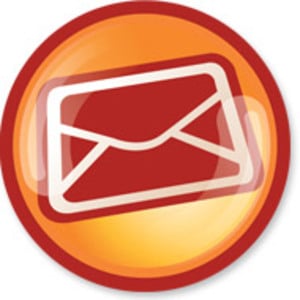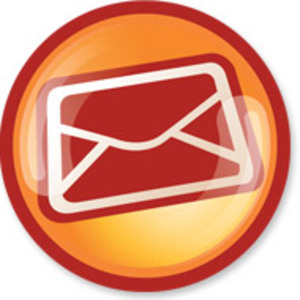 Ever since Gmail announced their newest changes to their inbox system it would seem that every email marketing expert and analyst was losing their mind. The fact of the matter is that while yes, the new email filtering system that may send your digital marketing emails to a “promotional” folder may cramp your style a bit, if you’re utilizing best practices when it comes to writing content for your emails and sending them out in the proper workflows, your leads will take the time to find you in the “promotional” folder. You may be wondering why following those best practices will make your leads magically want to read your emails, and that’s a fair question to ask. When created properly, an email marketing workflow to do all of the 4 things below.
Ever since Gmail announced their newest changes to their inbox system it would seem that every email marketing expert and analyst was losing their mind. The fact of the matter is that while yes, the new email filtering system that may send your digital marketing emails to a “promotional” folder may cramp your style a bit, if you’re utilizing best practices when it comes to writing content for your emails and sending them out in the proper workflows, your leads will take the time to find you in the “promotional” folder. You may be wondering why following those best practices will make your leads magically want to read your emails, and that’s a fair question to ask. When created properly, an email marketing workflow to do all of the 4 things below.
Establishes Relevancy and Builds Trust
The great part about utilizing email marketing workflows is that your lead has given you permission to contact them through that channel and more often than not want to open your email in order to receive the offer that was promised to them when they first submitted their information via your form. So when sending out your first email in the workflow, you get the opportunity to not only provide the content they ordered but also inform them a little more about your company and the industry that it is in. Here you also get the chance to show that you understand the problems your lead has and that you have the ability to solve those problems for them. Through this workflow email, you’re able to not only establish why your emails are relevant to them (both through providing the offer they downloaded and offering new resources for their continued learning) but also build trust by showing them that you understand what problems they’re going through and offering your resources and knowledge base to help them.
Up-sells by Introducing Leads to Other Offers
Another great thing about a well formed workflow is that is allows you to up-sell by introducing your lead to new offers and resources that help move them further down the sales funnel. If your lead first downloaded a top of the funnel (TOFU) offer, then in your first and second emails sent to them after that download, you should be introducing them to the middle of the funnel (MOFU) offer that not only gives them more resources on the subject that interests them, but also gives them a better understanding of what your company does and how you can help them with their problems. Because you’re still showing your lead that you understand their situation by providing content that is relevant to them, you still have their trust, making them less likely to ignore your emails in the future.
Brings in New Blog and Newsletter Subscribers
While this function can also be connected to my first point, another great thing that email marketing workflows do is direct leads to your company’s blog and newsletter sign-ups. Whether you’re introducing them to more helpful resources on your blog or giving up on selling them on your product, workflows always aim to at least add new subscribers to your email lists, thus keeping your leads close by and your company in front of them even if they aren’t ready to do business with you just yet.
Sells Leads on Your Products and/or Services
As with any other marketing function, the ultimate goal of an email marketing workflow is to convert your lead into a customer. By slowly walking your lead through the sales funnel with various emails that go from providing educational resources on a topic to connecting your business and what it does to their problem to finally asking for times to meet and strategize, your workflow acts as an automated salesman who is always working.
Even though your emails may be sorted into a different folder thanks to Gmail’s new rules, as long as your email marketing workflows are establishing relevancy and building trust you should still see plenty of opened emails and high click through rates. So take the time to create great content for your emails and make sure that you understand your leads’ main pain points so that you can best help them learn about and solve their problems while working them further down the sales funnel. Soon enough, you’ll be sending people to your blogs and signing new clients with the help of your workflows.
